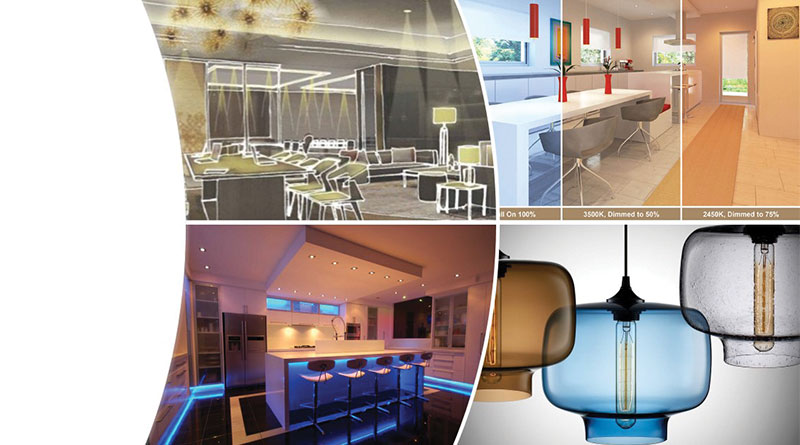Improve your Resort with Illumination
Believe it or not, the first LED was invented in 1962, emitting only red light. In the 80s technology began to move into our world in the red of traffic lights. Today, the advances in LED technology have made it the new standard for its efficiency, range, and performance. The world of illumination is always evolving with ways to improve our quality of life. Let’s explore aspects of lighting to consider for optimal illumination of your Resort.
More With Less
When it comes to lighting, it is all about placement. Because it is impossible to illuminate the air, lighting is focused on surfaces. The key to getting the most out of your lighting selections and plan is knowing exactly what needs to be lit and why. For efficient lighting and to accomplish more with less, focus on specific light on specific surfaces. For example, are you concerned with guiding your guests to the cabana at the back of your property? – Light the path. Do your guests need to see what they are eating at your restaurant? – Light the table. Did you invest in a remarkable art piece in your lobby? – light the piece.
It may seem simple but remembering this foundational strategy may save you from investing in too much overhead lighting that doesn’t serve the purpose in your space.
Related: 3 Quick Tips to Refresh Your Timeshare Resort With FLAIR! On a Budget
Layers of Light
If “variety is the spice of life,” “Layers are the spice of Light.” There is never a one-size-fits-all lighting plan. As our friends at San Diego Lighting Associates (SDLA) say, “Good lighting isn’t just to help us find our way in an otherwise dark space! For the architect, it showcases their masterpiece, for the interior designer it renders beautiful finishes, and for the inhabitant, it evokes emotion, mood, and a sense of well-being!” This sentiment speaks well to the different layers of light needed in a good lighting design.
Take a look at your resort to see if you can identify these 5 different purposes of light. If anything is missing, you will know where to start making changes.
- Choreography – lighting can help choreograph the experience of a space, prompting the direction of movement and flow through your space, and work to identify destinations.
- Mood and Ambience – mood and ambiance can be achieved in space through light with the application of varied intensity, color, and texture of light.
- Accent – emphasize important objects, create sparkle and interest, and use light fixtures as the jewelry of the space.
- Architectural – reveal and draw attention to features of the structure and shape of the space.
- Task – light for the specific action and functioning of the space.
What Color is it?
If you have ever shopped for light bulbs, you know there are many differences between them. And if you have ever purchased new bulbs only to find out they don’t look the same or match your other bulbs, then you have learned the lesson of Color Temperature, the hard way—- and it has nothing to do with wattage! We describe the appearance of white light by where it falls on a scale called Correlated Color Temperature (CCT).
Related: Seeing Red: The history, symbol, and use of the color red
CCT is measured in the unit, Kelvin on a scale of 1,000 – 10,000. Lower numbers on the scale correlate to warmer tones of light, think orange, red, or yellow light. Higher numbers represent cooler tones of light that appear bluer, the higher the numbers go. Common sources of electric light fall between:
- 2000K – 2800K appear Warm
- 2800K – 3000K appear Neutral
- 3000K – 6000K appear Cool
Here is a link to better describe color temperatures.
“Resorts and Vacation properties are places that you want to escape to and get away from the day-to-day routine so it’s important to have lighting that is warm, inviting, and relaxing,” says SDLA, and I agree. Selecting the right color temperature for each area of your resort goes a long way to creating the perfect vibe for your guest.
With layered lighting, illuminating the correct surfaces, and in the “just right” color temperature, your resort will wow and wonder your guest. There is a tangible difference between expertly lit spaces and those without a well-thought-out lighting plan. Because there is so much that goes into getting it right, I always recommend using a professional like an architect, interior designer, or lighting consultant to help your resort achieve the ultimate illumination.
Margit Whitlock is Principal and Creative Director for Architecture and Interior Design at Architectural Concepts Inc., a San Diego, CA-based Architectural and Interior Design Firm specializing in hospitality design. Ms. Whitlock is an accomplished speaker with engagements at multiple ARDA conventions, and HD Boutique shows as well as being frequently published in magazines such as Developments, Resort Trades, Hotel Business, Hiatus, Vacation Industry Review and Resort Management and Operations.



